InterviewSolution
Saved Bookmarks
This section includes InterviewSolutions, each offering curated multiple-choice questions to sharpen your knowledge and support exam preparation. Choose a topic below to get started.
| 18001. |
Question : What is continental flora? |
Answer» SOLUTION :
|
|
| 18002. |
Question : Differentiate protonephridia from metanephridia. |
Answer» SOLUTION :
|
|
| 18003. |
Question : Differentiate plant growth from animal growth. |
Answer» SOLUTION :
|
|
| 18004. |
Question : Differentiate pinnate unicostate with palmate multicostate venation. |
|
Answer» Solution :Pinnate unicostate venation: It has only one mid rib at the centre from which lateral branches arise and FORM a network. Palmate multicostate venation: There are two or more principal veins ARISING from a point antl proceed upwards. Pinnate unicostate and Palmate multicostate types of venation OCCUR both in reticulate and PARALLEL venation. |
|
| 18005. |
Question : Differentiate Photosynthesis in plants and Bacterial photosynthesis. |
Answer» SOLUTION :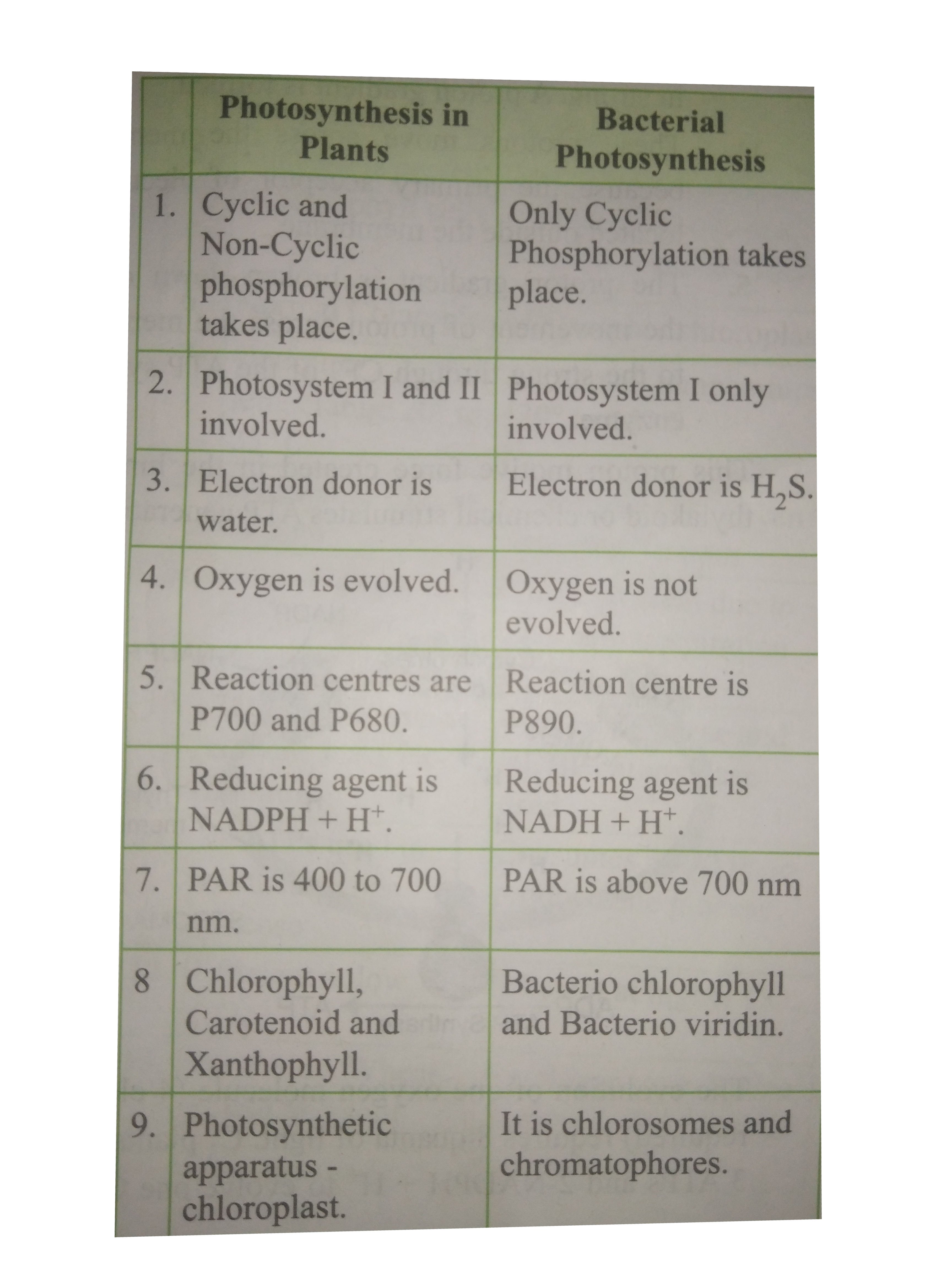
|
|
| 18006. |
Question : Distinguish between parazoa and eumetazo0a. |
| Answer» Solution :`{:("Parazoa","Eumetazoa"),("These include multicelluar ANIMALS WHOSE","These include multicellular animals"),("cells are loosely arranged WITHOUT the","with well defined tissues, organs and "),("FORMATION of tissues or organs. e.g., sponges","organ systems"):}` | |
| 18007. |
Question : Differentiate Osmotic pressure and Osmotic potential. |
Answer» SOLUTION :
|
|
| 18008. |
Question : Differentiate mitosis in plants and animals |
Answer» SOLUTION :
|
|
| 18009. |
Question : Differentiate nodal and internodal cells of Chara. |
|
Answer» SOLUTION :The main axis of CHARA (alga ) is branched, long and differentiated with nodes and intermodes. 1.The intermode is made up of an elongated cell in the centre called axial cell which is surrounded by vertically elongated small cells which ORIGINATE from the node. 2.They are called cortical cells. 3.The internodal cells have a large certral VACUOLE, many nuclei and numerous discoidal chloroplasts. Nodal cells : They are uninucleate with few ELLIPSOIDAL chloroplasts. |
|
| 18010. |
Question : How will you differentiate male and female cockroach? |
Answer» SOLUTION :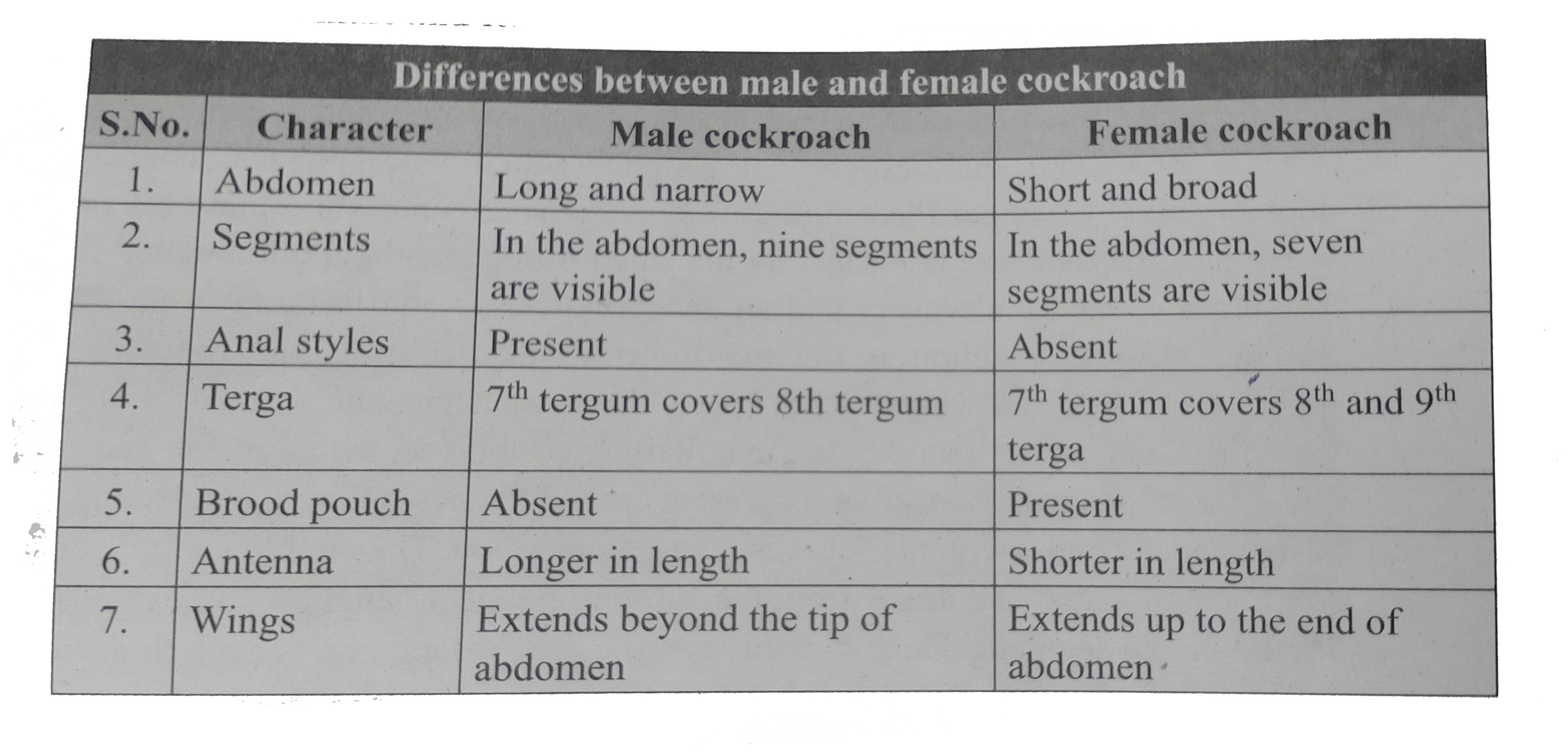
|
|
| 18011. |
Question : Differentiate long and dwarf shoot. |
Answer» SOLUTION :
|
|
| 18012. |
Question : Differentialte hyperglycemla from hypoglycemia |
Answer» SOLUTION :
|
|
| 18013. |
Question : Differentiate homospory and heterospory with example. |
| Answer» Solution :`{:("Homospory","Heterospory"),("Production of one type of SPORES.","Production of TWO types of spores."),("e.g. LYCOPODIUM","e.g. Selaginella"):}` | |
| 18014. |
Question : Differentiate homoiomerous and heteromerous lichens. |
| Answer» SOLUTION :`{:("Homoiomerous","Heteromerous"),("Algal cells EVENLY DISTRIBUTED in the thallus.","A distinct layer of algae and FUNGI PRESENT."):}` | |
| 18015. |
Question : Differentiate hepatic caecae and malpighian tubules. |
Answer» SOLUTION :
|
|
| 18016. |
Question : Differentiate haplontic and diplontic life cycle. |
Answer» SOLUTION :
|
|
| 18017. |
Question : Differentiate halpontic and diplontic life cycle. |
Answer» SOLUTION :
|
|
| 18018. |
Question : Differentiate following on the basis of characters asked in the subparts : (a) Human/Bird (number of condyles) (b) Whale and shark (number of respiratory apparatus and position) (c) Sea anemone/Ctenophora (symmetry) (d) Crocodile/Toad (number of characters of heart) (e) Moth/Butterfly (wings in sitting position). |
| Answer» SOLUTION :(a) Human - Dicondylic, Birds - Monocondylic (b) Whale - Lungs (one PAIRS) - on the sides of heart, shark - 5pairs of gill clefts (external), pharyngeal gills - TEN (5 pairs). (c) Sea anemone - Radial, Ctenophora - Biradial. (d) Crocodile - COMPLETE 4 chambers, Toad - 3 chambers. (e) Moth = Horizontal, Butterflies = vertically upward. | |
| 18019. |
Question : Differentiate Gymnosperms and Angiosperms. |
Answer» SOLUTION :
|
|
| 18020. |
Question : Differentiate eusporangiate and leptosporangiate development. |
Answer» SOLUTION :
|
|
| 18021. |
Question :Differentiate essential and non-essential amino acids. |
| Answer» SOLUTION :Essential amino acids cannot be SYNTHESIZED inside the body so MUST be present in the diet EG. Lysine, LEUCINE, methionine, etc., while non-essential amino acids can be synthesized in the body e.g. Glycine, alanine, etc. | |
| 18022. |
Question : Differentiate embryonic stem cells and adult stem cells. |
Answer» SOLUTION :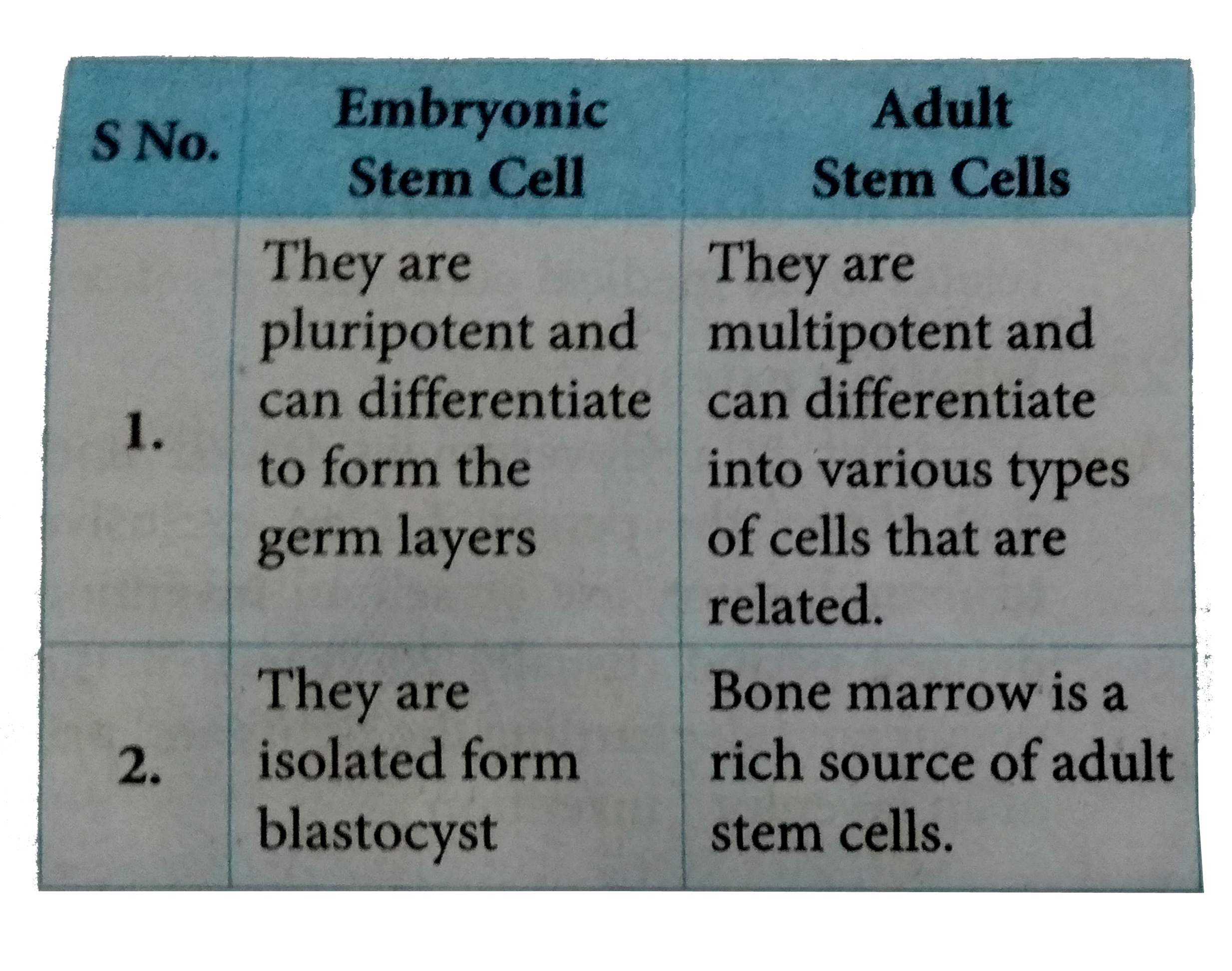
|
|
| 18023. |
Question : Define:- Ehlers Danlos Syndrome |
|
Answer» SOLUTION :Ehler's -Danlos syndrome is the defect in the synthesis of collagen in the joints, heart valves, organ walls and arterial walls. Stickler syndrome is a GROUP of HEREDITARY CONDITIONS affecting collagen and results in facial abnormalities. |
|
| 18024. |
Question : Differentiate DNA and RNA |
Answer» SOLUTION :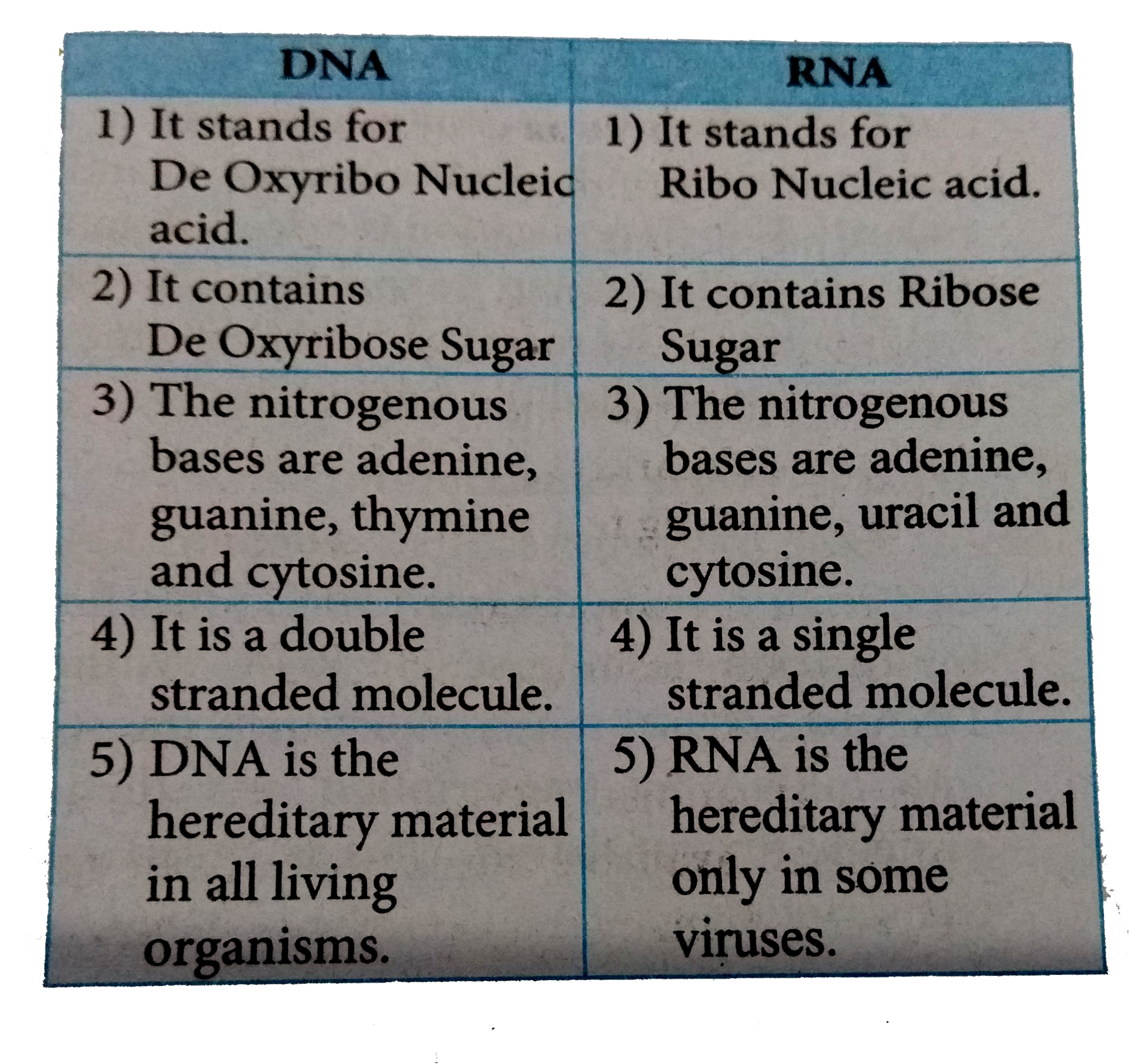
|
|
| 18025. |
Question : Differentiate Dicotyledons from Monocotyledons. |
Answer» SOLUTION :
|
|
| 18026. |
Question : Differentiate Dicot and Monocot seed. |
Answer» SOLUTION :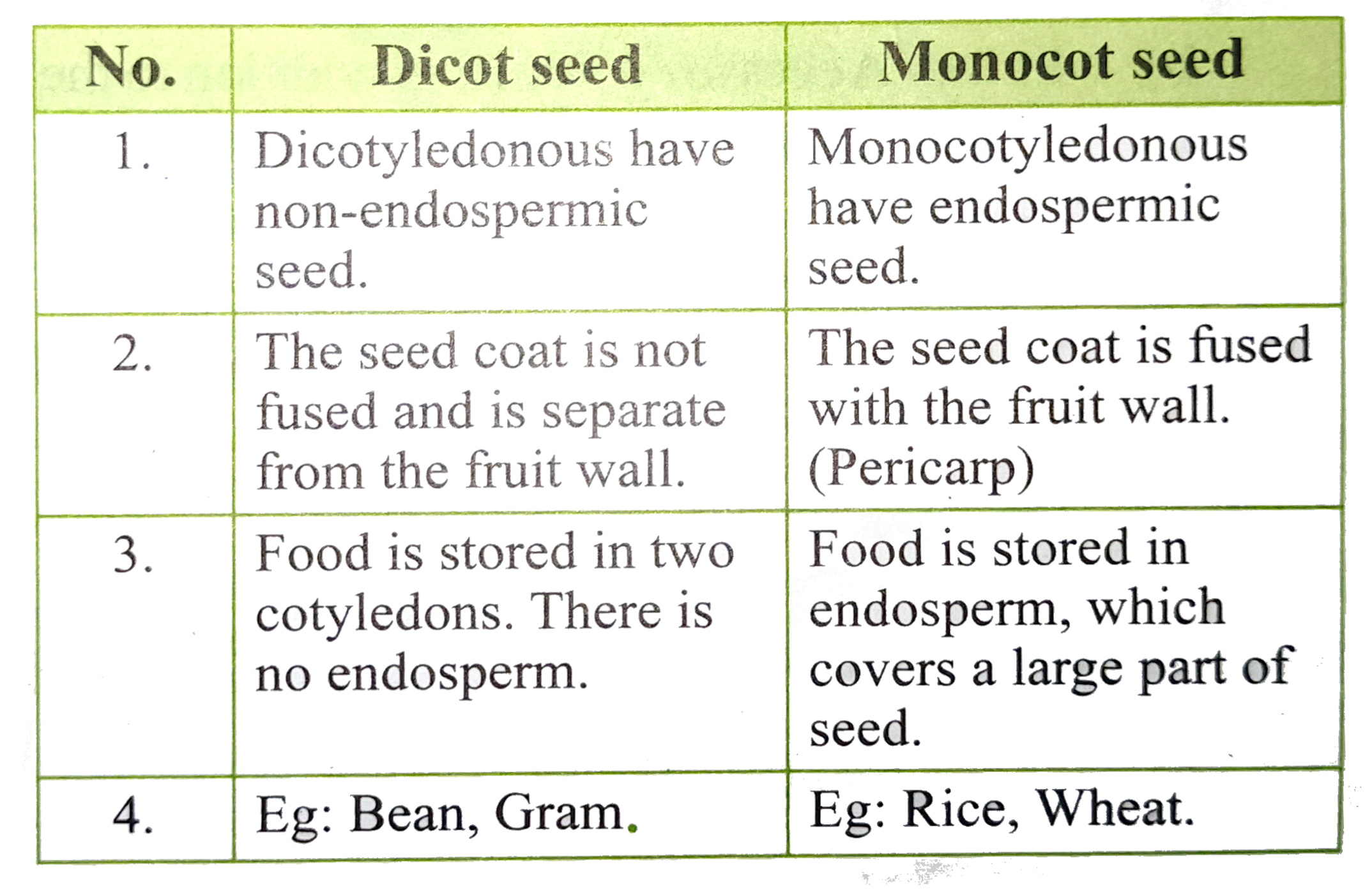
|
|
| 18027. |
Question : Differentiate cortical from medullary nephrons. |
Answer» SOLUTION : 
|
|
| 18028. |
Question : Differentiate Cycle and Non-Cycle photophosphorylation. |
Answer» SOLUTION :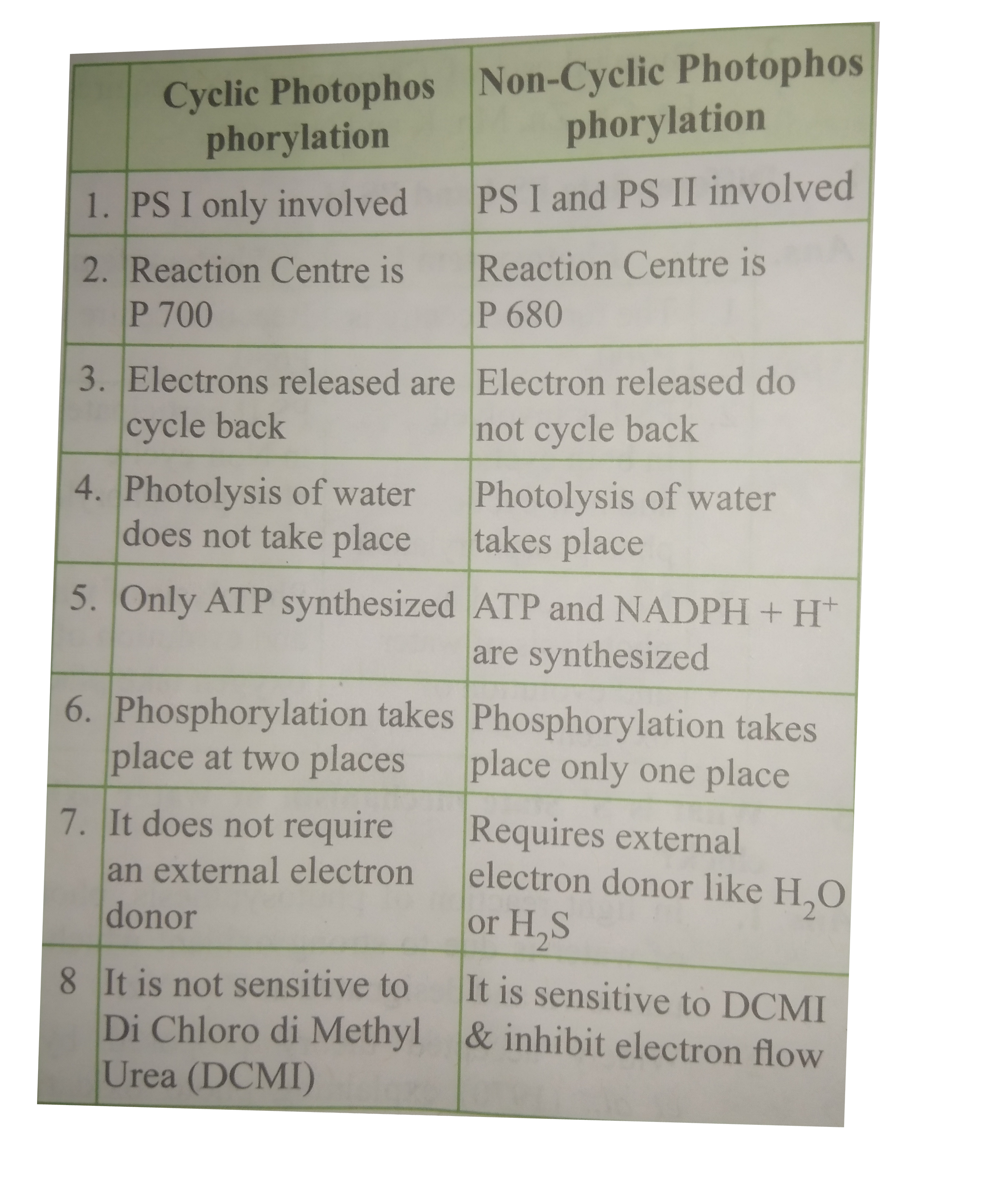
|
|
| 18029. |
Question : Differentiate bones from cartilage. |
Answer» SOLUTION :
|
|
| 18030. |
Question : Differentiate stomata and hydathodes. |
Answer» SOLUTION :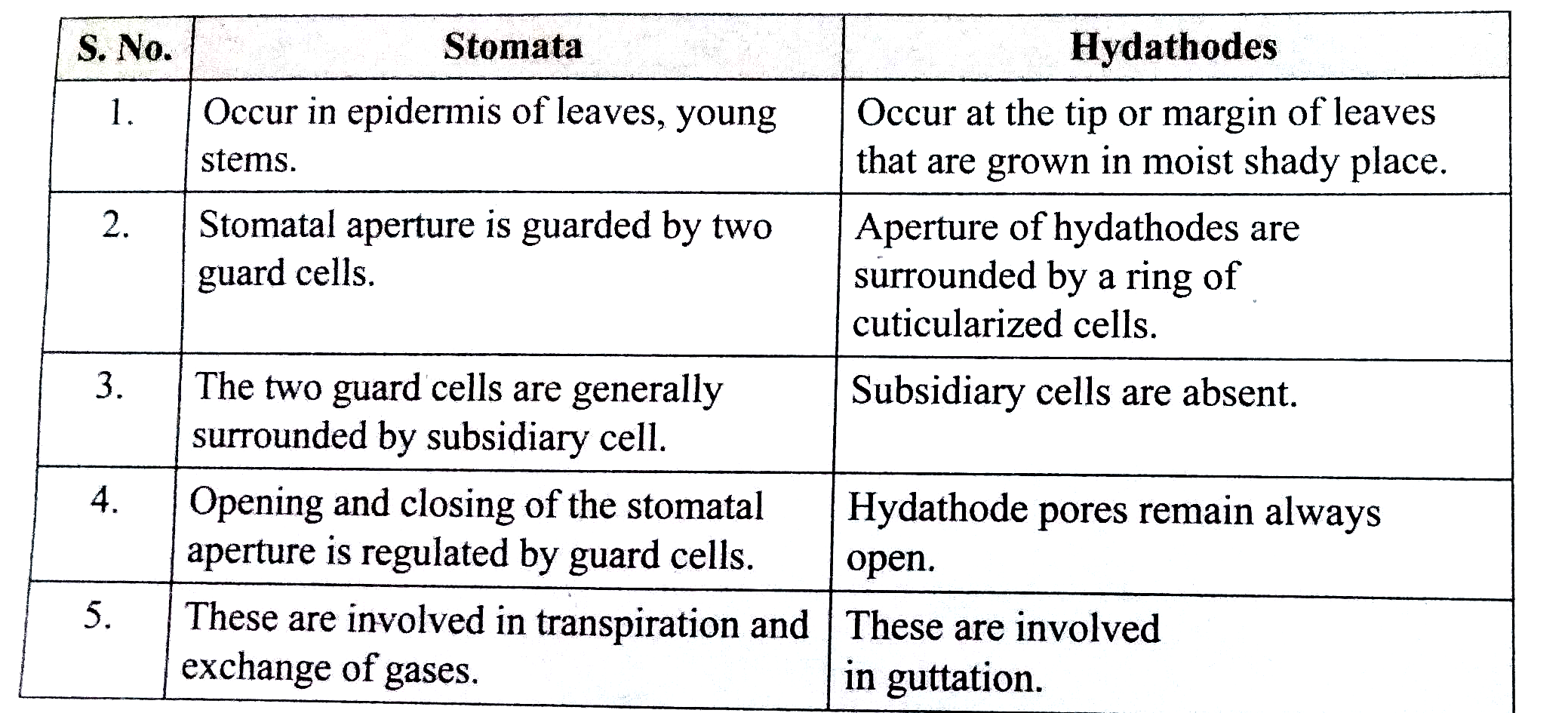
|
|
| 18031. |
Question : Differentiate between Zygotic meiosis and gametic meiosis |
| Answer» SOLUTION :Before SEXUAL reproduction, chromosome number must be halved. In some protists, this is achieved by meiotic division of the zygote nucleus (zygotic meiosis) resulting in haploid stage. In others, the zygotic nucleus DIVIDES mitotically and the resulting cells FORM a diploid phase, which later PRODUCES cells capable of meiotic division (gametic meiosis). Thus, zygotic meiosis occurs in zygote, i.e., the zygote nucleus divides meiotically to produce haploid individuals. On the other hand, gametic meiosis occurs in diploid individuals to form haploid gametes. | |
| 18032. |
Question : Differentiate between Zygospore and zoospore |
| Answer» Solution : The zygospore is a thick walled STRUCTURE formed by the FUSION of an egg and a male gamete. WHEREAS zoospore is a NAKED and FLAGELLATED asexual spore. | |
| 18033. |
Question : Differentiate between Xylem and phloem |
| Answer» SOLUTION :Xylem and phloem, present in all VASCULAR plants, are COMPLEX tissues. Xylem is primarily concerned with the conduction of water and minerals and also provides mechanical SUPPORT to the plant. Whereas phloem is mainly responsible for the translocation of food MATERIALS. | |
| 18034. |
Question : Differentiate between Voluntary muscles and involuntary muscles |
| Answer» Solution :Voluntary MUSCLES contract under our will and OCCUR mainly in association with bones (skeletal system) and in relation to the BODY WALL, whereas, the contraction of involuntary muscles is not under our control and occurs mainly in relation to viscera, and are not associated withbones. | |
| 18035. |
Question : Differentiate between vegetative morphology & reproductive morphology. |
Answer» SOLUTION :
|
|
| 18036. |
Question : Differentiate between Vascular bundles in the stem of dicotyledonous plants and monocotyledonous plants |
| Answer» Solution :In the stems of dicotyledonous plants the vascular bundles are open and are ARRANGED in a ring and are of nearly uniform SIZE. Whereas in the stems of monocotyledonous plants the vascular bundles are closed and are SCATTERED and are of various sizes, usually largertowards the CENTRE. | |
| 18037. |
Question : Differentiate between Tundra and Taiga Biomes |
Answer» SOLUTION :
|
|
| 18038. |
Question : Differentiate between True and false fruit |
| Answer» Solution : When a fruit DEVELOPS exclusively from the OVARY, it is called a true fruit. But, when in addition to the ovary, some other floral PARTS like tepals, bracts or THALAMUS also PARTICIPATE in the formation of the fruit, then it is knownas false fruit. | |
| 18039. |
Question : Differentiate between : Tricuspid and bicuspid valve . |
Answer» SOLUTION :
|
|
| 18040. |
Question : Differentiate between Transformation and transduction |
| Answer» Solution :Transformation is the process whereby cell-free, or .naked. DNA containing a LIMITED amount of genetic INFORMATION is TRANSFERRED from one bacterial cell to another. Whereas TRANSDUCTION is the process in which there is gene transfer from one bacterium to another bymeans of a temperate bacteriophage. | |
| 18041. |
Question : Differentiate between Tracheids and vessels |
| Answer» SOLUTION :Both tracheids and VESSELS are tracheary elements. But tracheids are imperforate elements, WHEREAS vessels have perforations on their END WALLS. | |
| 18042. |
Question : Differentiate between Tissue and organ |
| Answer» SOLUTION :A group of structurally similar cells of COMMON embryonic origin and performing the same function is called a tissue whereas an organ is an organised part ofthe BODY which performs ONE or more functions. | |
| 18043. |
Question : Name the three types of plasmolysis |
|
Answer» SOLUTION :DIFFERENCE between PLASMOLYSIS TYPES.  
|
|
| 18044. |
Question : Differentiate between the following: Syngamy and Triple fusion |
|
Answer» Solution :Syngamy and Triple fusion • In angiosperms during double fertilization male gamete moves TOWARD DIPLOID NUCLEUS located in the MIDDLE of embryo and FUSES with it and forms triploid primary embryo nucleus. • Thus fusion of three haploid nucleus is called Triple fusion. • Thus two structures egg cell and second nucleus, fertilization between them is called double fertilization (Syngamy). |
|
| 18045. |
Question : Differentiate between the following: Homosporous and Heterosporous pteridophyte |
Answer» SOLUTION :
|
|
| 18046. |
Question : Differentiate between the following: (a) Diffusion and Osmosis (b) Transpiration and Evaporation (c) Osmotic Pressure and Osmotic Potential (d) Imbibition and Diffusion (e) Apoplast and Symplast pathways of movement of water in plants. (f) Guttation and Transpiration. |
|
Answer» SOLUTION :ltimg SRC="https://d10lpgp6xz60nq.cloudfront.net/physics_images/NCERT_BIO_XI_C11_E01_005_S01.png" WIDTH="80%"GT ltimg src="https://d10lpgp6xz60nq.cloudfront.net/physics_images/NCERT_BIO_XI_C11_E01_005_S02.png" width="80%"gt ltimg src="https://d10lpgp6xz60nq.cloudfront.net/physics_images/NCERT_BIO_XI_C11_E01_005_S03.png" width="80%"gt |
|
| 18047. |
Question : Differentiate between Tendon and ligament |
| Answer» Solution : Both TENDONS and ligaments are dense fibrous CONNECTIVE tissue. But tendon connects a muscle to a BONE, while a ligament connects bones at the JOINTS andholds them in POSITION. | |
| 18048. |
Question : Differentiate between tergum and a sternum. |
Answer» SOLUTION :
|
|
| 18049. |
Question : Differentiate between tendon and ligament. |
|
Answer» SOLUTION :Tendon`""` Ligament ATTACH skeletal MUSCLES to BONES `""`Attach bone to bone |
|
| 18050. |
Question :Differentiate between temporary and permanent wilting. Do any of themindicate the water status of the soil ? |
Answer» Solution :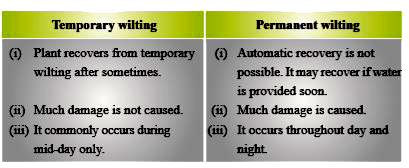 When WILTING is PERMANENT, water present in soil is LARGELY unavailable form. The soil contains 10-15% water DEPENDING, UPON its texture. |
|